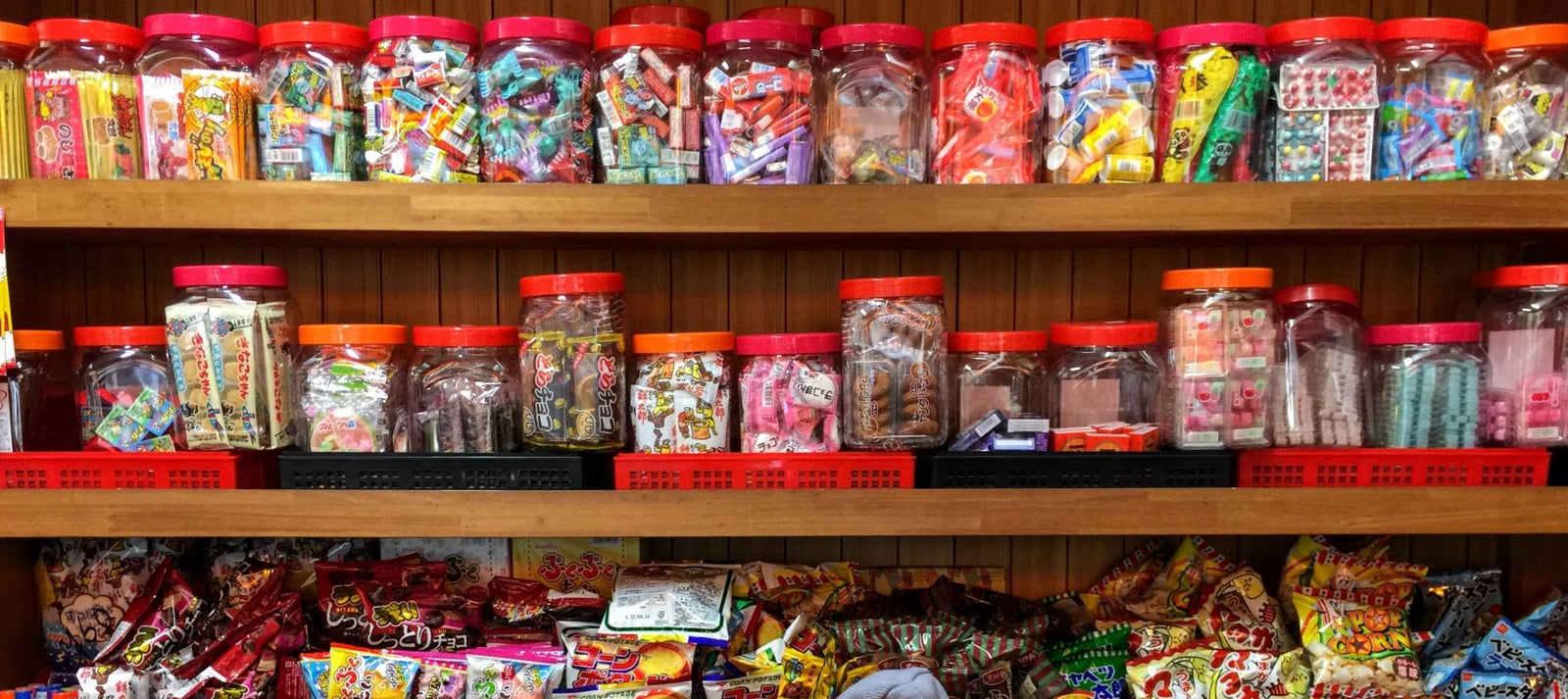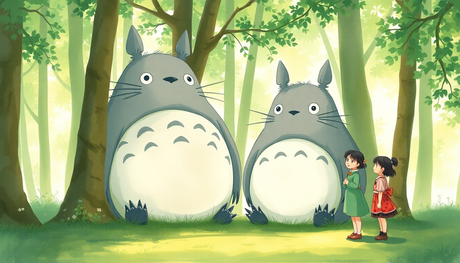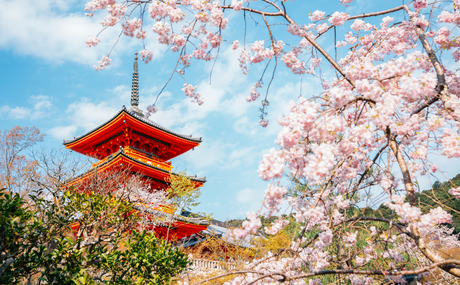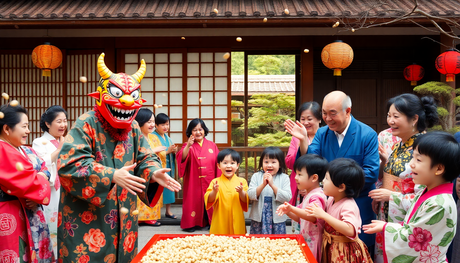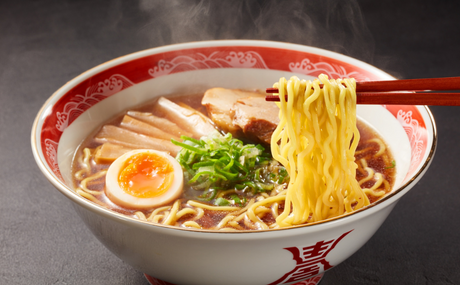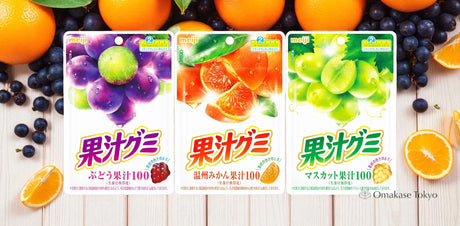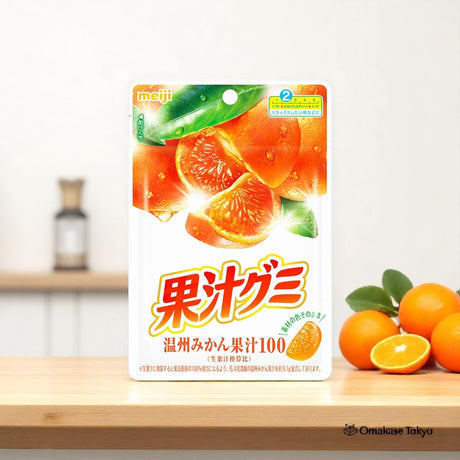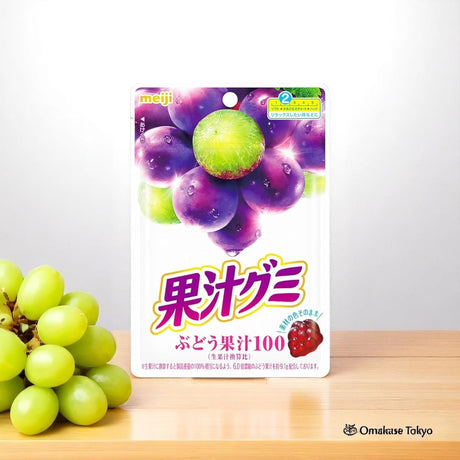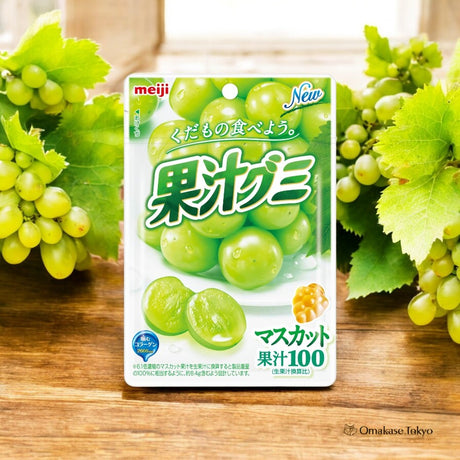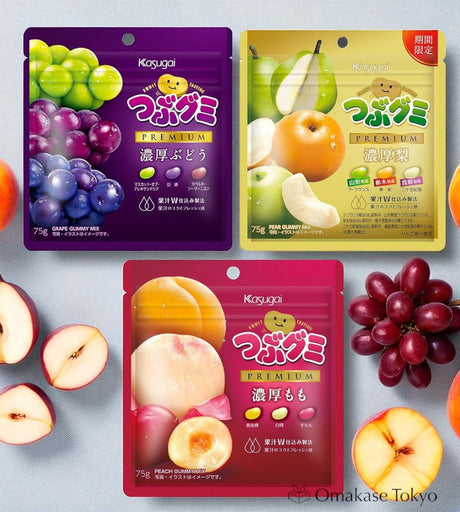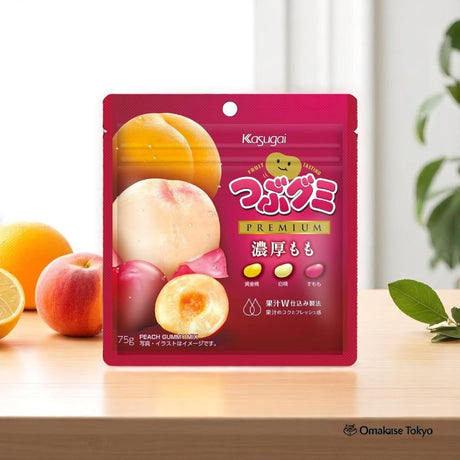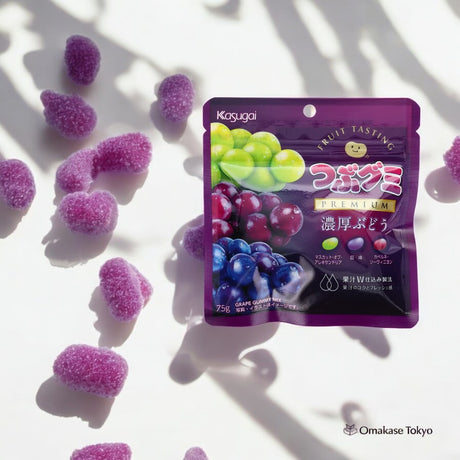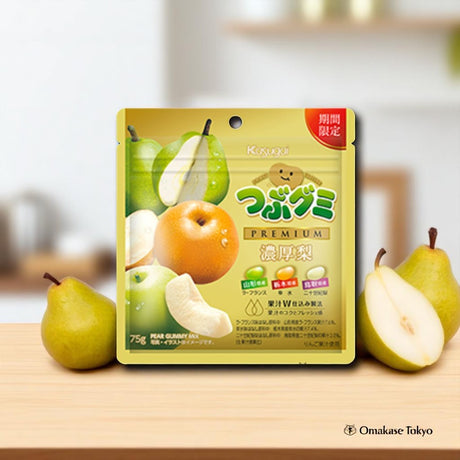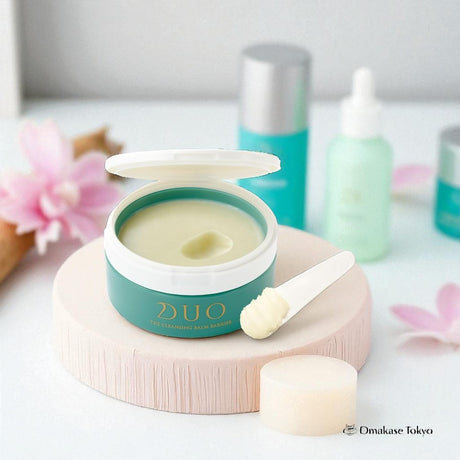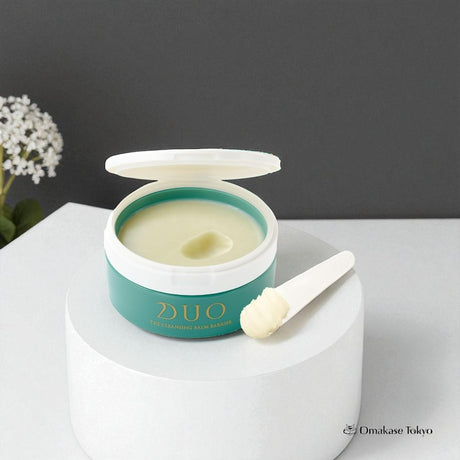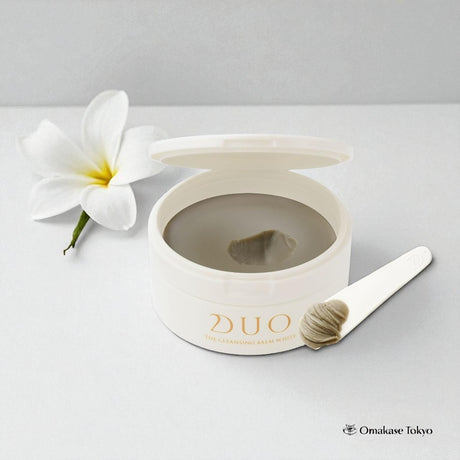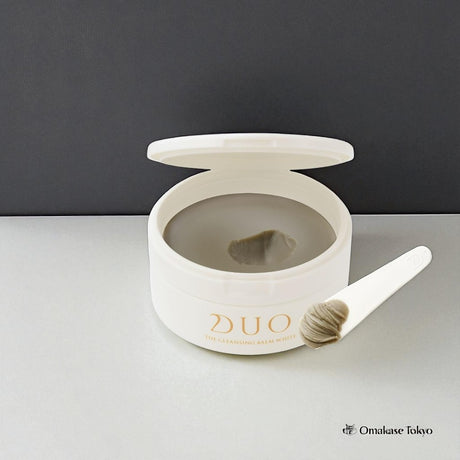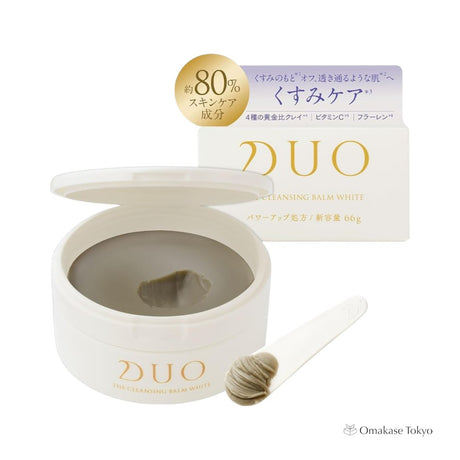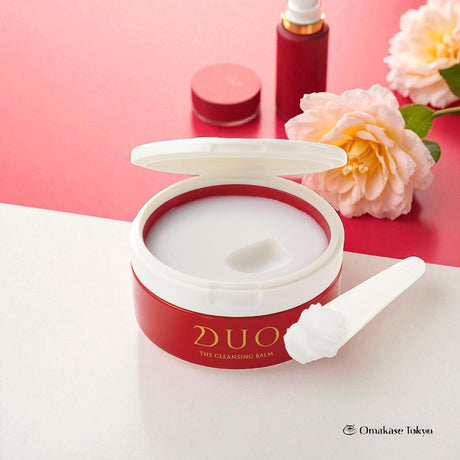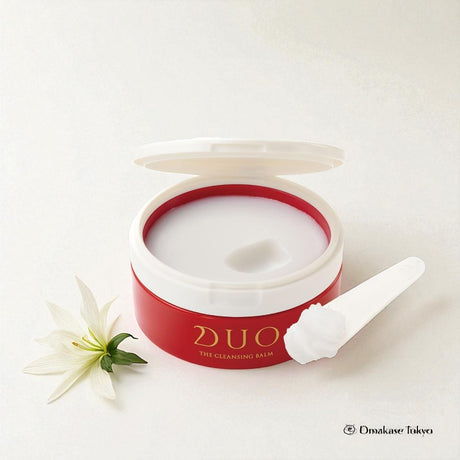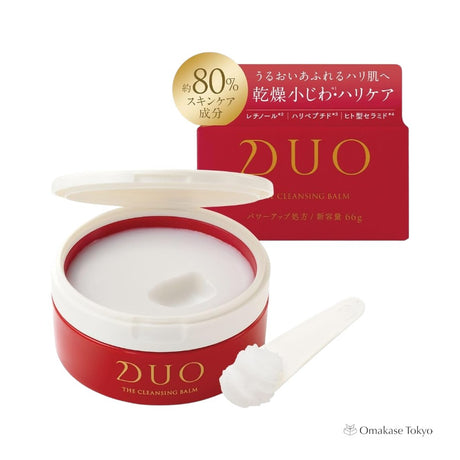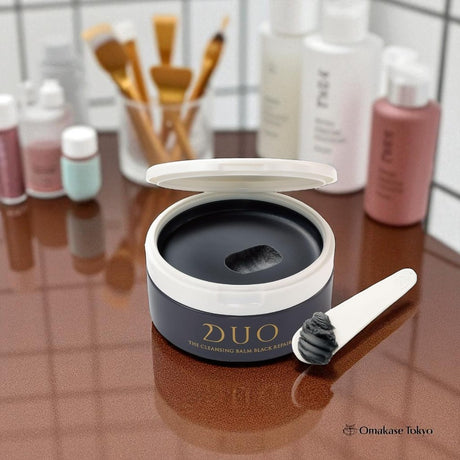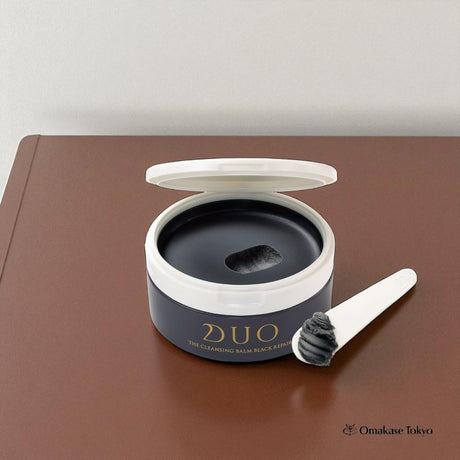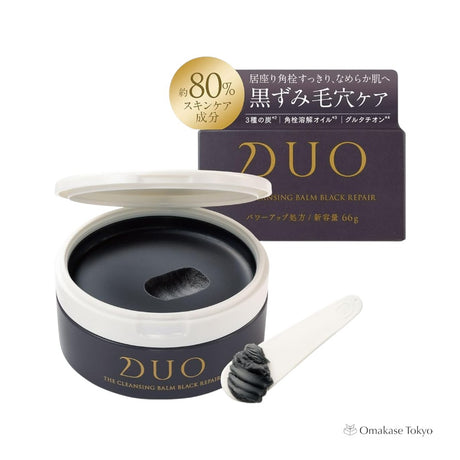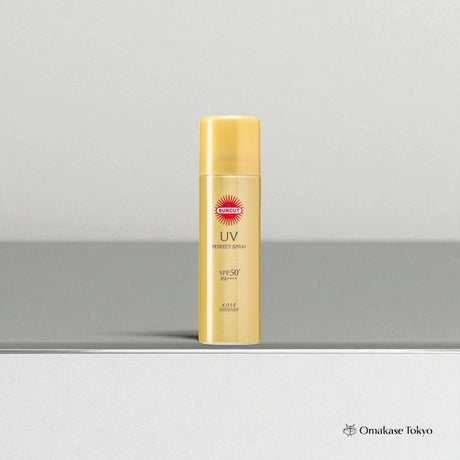In the vibrant tapestry of Japanese culture, few things evoke nostalgia and delight quite like dagashi (駄菓子). These colorful and whimsical snacks, often enjoyed by children and adults alike, are beloved for their affordability, variety, and playful packaging. Join us as we delve into the delightful world of Japanese dagashi and explore the sweet treats that have captured the hearts of generations.
What is Dagashi?
Dagashi refers to a diverse assortment of inexpensive candies, snacks, and toys that are traditionally sold in small neighborhood shops known as dagashiya (駄菓子屋). Originating in the Edo period (1603-1868), dagashi were originally simple treats made from basic ingredients like sugar, flour, and rice, designed to provide a quick and affordable indulgence for children. Over time, dagashi evolved to encompass a wide range of flavors, textures, and shapes, becoming a beloved part of Japanese pop culture.
Variety of Dagashi
Dagashi come in a myriad of shapes, sizes, and flavors, each offering a unique taste experience and sense of nostalgia. Some popular varieties of dagashi include:
-
Dagashi Ramune: A classic dagashi staple, dagashi ramune are small, marble-shaped candies with a fizzy texture and sweet, tangy flavor. They come in a variety of fruit flavors, including lemon, grape, and strawberry, and are enjoyed by children and adults alike.
-
Umaibo: Translating to "delicious stick" in Japanese, umaibo are cylindrical corn snacks known for their crunchy texture and bold flavors. From classic varieties like corn potage and cheese to more adventurous flavors like takoyaki and yakisoba, umaibo offer a tantalizing taste of Japanese street food culture.
-
Kurukuru Takoyaki: Inspired by the iconic Japanese street food dish, kurukuru takoyaki are bite-sized snacks shaped like miniature takoyaki balls. These savory snacks are made from a crispy outer shell filled with a savory takoyaki-flavored filling, capturing the essence of this beloved Japanese treat.
-
Dagashi Chocolate: A nostalgic favorite among Japanese children, dagashi chocolate are small, individually wrapped chocolates with a creamy, melt-in-your-mouth texture. They come in a variety of shapes and sizes, ranging from classic chocolate bars to novelty shapes like animals and characters.
Packaging and Presentation
One of the distinctive features of dagashi is their playful and colorful packaging, which often features vibrant illustrations, cartoon characters, and whimsical designs. These eye-catching wrappers not only appeal to children but also evoke a sense of nostalgia for adults who fondly remember their childhood favorites. From cute animal characters to retro-inspired graphics, dagashi packaging adds an element of fun and excitement to the snacking experience.
Cultural Significance
Beyond their delicious flavors and charming packaging, dagashi hold a special place in Japanese culture as symbols of childhood innocence, camaraderie, and nostalgia. For many Japanese people, the sight and taste of dagashi evoke fond memories of carefree days spent with friends, exploring neighborhood candy shops and trading snacks with classmates. As such, dagashi play an integral role in Japanese social rituals and traditions, fostering a sense of community and connection among people of all ages.
Embracing the Joy of Dagashi
In conclusion, Japanese dagashi offer a delightful blend of sweetness, nostalgia, and whimsy that captivates the hearts and taste buds of people around the world. Whether you're indulging in a crunchy umaibo, savoring a fizzy dagashi ramune, or unwrapping a playful dagashi chocolate, these whimsical snacks offer a tantalizing taste of Japanese culture and childhood nostalgia. So why not treat yourself to a playful assortment of dagashi and embark on a sweet and savory journey through the colorful world of Japanese snacking?

